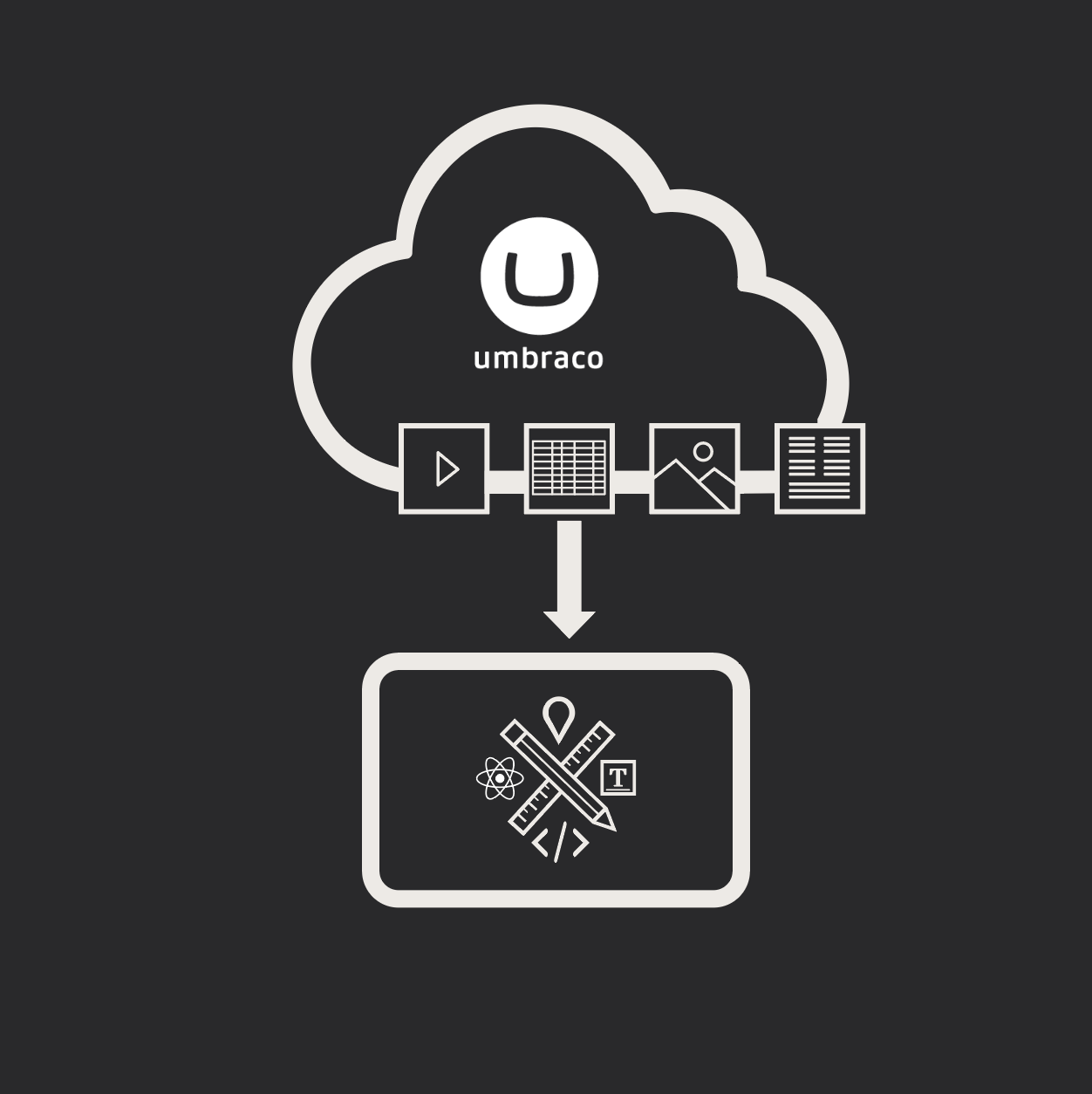With SEO, You Need to Crawl Before You Can Run
Chris Osterhout SVP of Strategy#Digital Marketing, #SEO

Learn why you need to fix any fundamental SEO issues on your site before implementing an SEO strategy.
Search Engine Optimization (SEO) is a complicated subject, and with all the algorithm updates, optimization tips, and discussions over the best tactics, it can be hard to tell where to start. Many SEO firms will advise you to jump right in to standard practices like keyword research and Pay Per Click (PPC) campaigns, but before you do this, it’s a good idea to take a step back and look at your site from a technical perspective, making sure that you don’t have anything preventing you from implementing these SEO strategies.
Crawling is Fundamental
Before you charge into your SEO strategy, you’ll want to perform some diagnostics on your website, looking under the hood to make sure any issues preventing search engines from indexing your site. In order for a site to be found in searches, Google and other search engines use programs called robots to crawl and index sites and understand how they are being accessed, so if there is anything preventing these robots from crawling your site or any issues devaluing your content in search results, you’ll want to resolve them first.
It’s critical to perform crawl diagnostics on your site to identify any of the following issues that you might need to address:
- Duplicate content
- Server redirects
- Errors in title tags or URLs
- Other factors which affect search engine crawlability
These issues can plague many sites, especially sites which are CMS-driven, but they are easily remediated, and you’ll want to be sure you fix them before compounding the problem by adding SEO information on top of error-filled content.
Build the Foundation
To use another metaphor, proceeding with SEO strategies before discovering any issues with your website is like adding a second story onto a house without bothering to check to make sure the foundation is sound. Adding a bunch of fancy furniture is worthless if the very structure of the house is faulty.
Just as a shifty or incompetent contractor will either ignore any issues with your foundation or offer a quick cover-up that doesn’t actually do anything, some SEO firms will tell you that all you need to do is update your robot.txt file, which tells search engines which parts of your site to index and which to ignore. The issues mentioned above are much more complicated than that; this sort of “fix” is like sending search engines down the right road, but not bothering to remove any roadblocks that keep them from actually getting to their destination.
If you’re ready to start configuring your site for SEO but aren’t sure how to proceed with the diagnostics necessary to discover and resolve any of these fundamental issues you might have, we can help. Sign up for our free SEO Diagnostic Report, and we’ll let you know what you need to do to fix any of the cracks in your site’s foundation. Do you have any questions for us about these issues, how to resolve them, or the next steps to take in your SEO strategy? Please feel free to leave a comment below, or contact us to speak with an SEO expert.
Image credit: Pixabay
Related Posts

4 Ways to Avoid Disaster When Migrating CMS Platforms
If you have ever migrated from one content management system (CMS) or eCommerce platform to another, you know how many unexpected issues can occur during the migration process.

Let's Get Heartcore: Umbraco’s Headless CMS Might Be Just What You Need
Umbraco Heartcore is a headless CMS that delivers flexibility, seamless integrations, and cost savings. See why it’s the right choice for your digital future.
Results Matter.
We design creative digital solutions that grow your business, strengthen your brand and engage your audience. Our team blends creativity with insights, analytics and technology to deliver beauty, function, accessibility and most of all, ROI. Do you have a project you want to discuss?
Like what you read?
Subscribe to our blog "Diagram Views" for the latest trends in web design, inbound marketing and mobile strategy.
